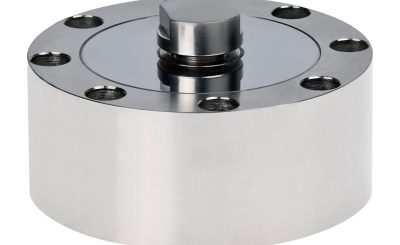Workflow automation lives to its name as it automates people’s workflow processes. When you use it, you will be able to do small routing besides assigning decisions for facilitating an even operation besides consistent service levels. The right department or person that becomes capable of doing justice to every task effectively and easily ends up receiving reliable and prompt notification. Workflow automation proposes many benefits in comparison to manual processes like:
- Augmented visibility
- Adherence to policy compliance
- Augmented satisfaction of employees
- Lessened approval cycles
- Lessened manual handling
- Very few errors
- Improved workload management
- Continual improvement of process
Workflow automation software proposes administrative users with a surrounding for forming and editing the schemes of workflow automation, commonly via a drag-and-drop and visual interface. Connectors and shapes do represent people and jobs that need to be performed for a given request. And so, you can build an automation scheme for some real-world activities. It permits fast prototyping of workflows. After deploying, administrators become capable of utilizing workflow analysis tools, such as dashboards, reporting, and KPIs for ensuring that processes have been running smoothly.
When most people consider workflow automation?
If you wish to achieve tasks efficiently, then you need to embrace workflow automation. This creates more accurate and consistent results all the time. Every business needs to consider workflow automation if there are recurring strings of jobs for implementation. Most often, these tasks get managed with spreadsheets, paper files, and email. When you create workflow automation, then this method becomes streamlined. It also removes the dangers of human mistakes.
With the help of workflow automation, you will get an improved image of various tasks and it would make the process easier to recognize the areas that need improvement. This will result in increased productivity.
What are the steps involved in workflow automation?
Before management implements workflow automation, it needs to recognize the areas that require workflow improvement. For making this, it must make a visual illustration of the present workflow through flow diagrams. It will propose an improved understanding of the present business workflow besides recognizing repetitive jobs. So, now people will be capable of creating workflow automation which will augment as well as simplify the present workflow.
After management recognizes the problem, it needs to define the goals of its business clearly. In the next step, it must explain the method in which its business goals would be achieved. Additionally, it will be required to see the measures that it will take.
At this point, the management must decide on the ways that it can use for achieving its business goals. Here, it must choose the process of workflow automation. When workflow automation is user-friendly, simple, and adaptable by every user then it is acknowledged as the best one.
You need to train your employees too on the methods of using the novice workflow automation software. Regardless of the company, novice changes confront with resistance and so, it becomes vital to involve your employees thoroughly and explain to them the effectiveness of this software. When you have gone through these steps, you should run the new workflow system.








